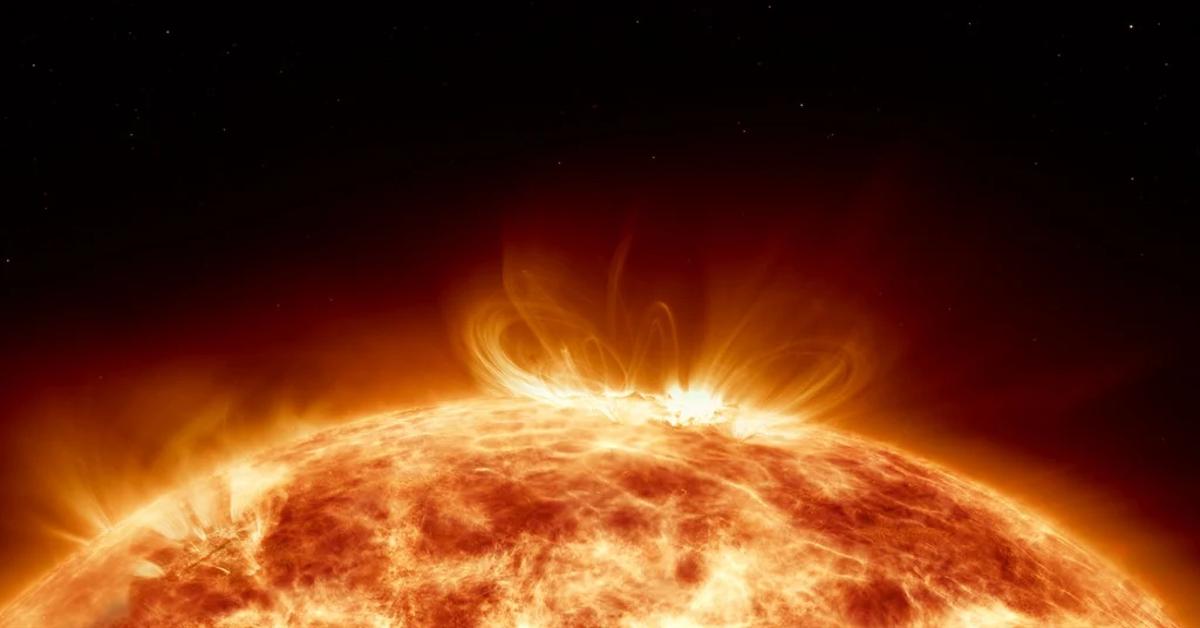
Intense solar activity from a massive sunspot cluster causes widespread auroras and has experts raising concerns about potential disruptions to power grids, satellites and increased radiation exposure for astronauts
On May 10, a powerful geomagnetic storm created stunning auroras visible far beyond their usual polar regions, stretching to locations as unexpected as Mexico, southern Europe and South Africa.
These vivid displays of pinks, greens, and purples delighted skywatchers and filled social media. However, scientists warn that the beauty of auroras masks potential dangers.
Quentin Verspieren, the space safety program coordinator at the European Space Agency (ESA), emphasized the risks, stating, "We need to understand that behind this beauty, there is danger."
Solar storms can significantly disrupt Earth's technological infrastructure. Mike Bettwy from the U.S. Space Weather Prediction Center highlighted concerns about power grids and satellites, noting that these storms can also expose astronauts to harmful radiation.
The recent auroras were the result of the most intense geomagnetic storm since the "Halloween Storms" of October 2003, which caused blackouts in Sweden and damaged South Africa's power infrastructure.
Although initial reports suggest less damage from the latest storm, Bettwy indicated that it could take weeks to identify issues, particularly with satellites.
One notable impact was on self-driving farm tractors in the United States, which halted when their GPS systems failed. These disruptions stem from massive explosions on the Sun's surface that emit plasma, radiation, and magnetic fields at high speeds, carried by the solar wind.
The current solar activity originates from a sunspot cluster 17 times the size of Earth. On Tuesday, this sunspot produced the most powerful solar flare in years. Although the sunspot is now turning away from Earth, it will rotate back in approximately two weeks, potentially causing further disturbances.
ESA's space weather service coordinator, Alexi Glover, warned that solar activity is "definitely not over." Another sunspot is emerging, which could trigger major activity in the coming days.
Solar activity is nearing the peak of its 11-year cycle, meaning the likelihood of another significant storm is high until the end of next year.
Geomagnetic storms create magnetic charges that can overload satellites and power grids. The most severe recorded storm, the Carrington Event of 1859, caused telegraph stations to spark and operate without power.
Today, improved power grids should prevent prolonged outages. Still, Bettwy advises having an emergency kit in case of short-term power loss and ensuring access to fresh water if filtration systems fail.
Astronauts are particularly vulnerable during solar storms, as radiation levels can spike. Those aboard the International Space Station seek shelter during severe storms to minimize exposure.
Although a massive storm could deliver a harmful dose of radiation, it is unlikely to be fatal. Airlines may also alter flight paths to avoid high-radiation areas near the poles.
Future missions, such as ESA's Vigil mission planned for 2031, aim to enhance solar storm forecasting, providing more time for Earth to prepare for these unpredictable events.
With better forecasting, scientists hope to mitigate the impacts of these potentially destructive solar phenomena.
Source: Newsroom